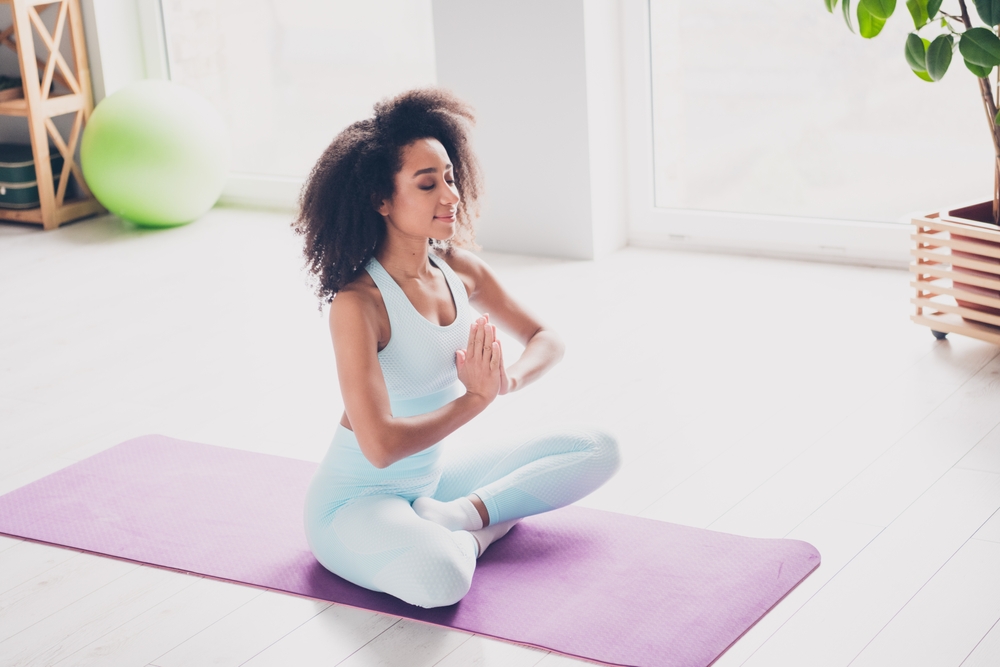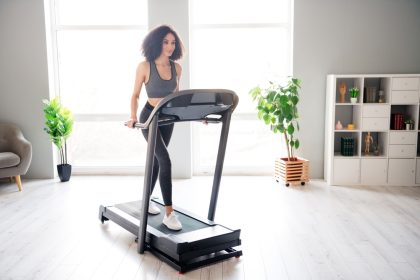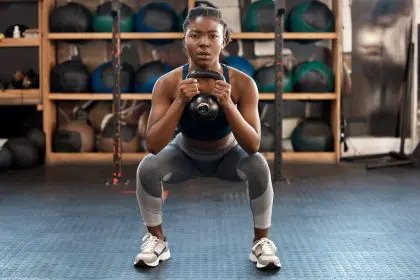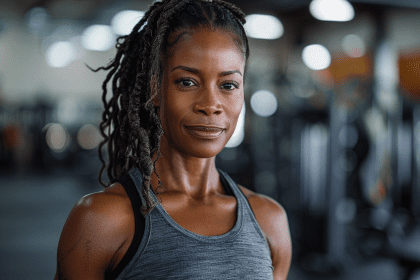Exercise used to be pretty straightforward – you showed up, sweated a lot, and hoped your body would look better afterward. But somewhere along the way, people discovered that movement could be so much more than just physical conditioning. They found that combining mindfulness with physical activities creates something almost magical – a practice that heals both body and mind at the same time.
This isn’t about adding meditation to your gym routine or trying to zen out while lifting weights. We’re talking about a completely different approach to movement that treats your body and mind as inseparable partners rather than separate entities competing for attention.
The mindful movement revolution is changing how people think about fitness, wellness, and what it actually means to take care of yourself. Instead of punishing your body into submission, you’re learning to work with it as an ally in creating the kind of deep, lasting wellbeing that goes far beyond what any traditional workout could deliver.
Yoga stopped being just stretching
Modern yoga has evolved far beyond the basic stretching routine that many people imagine when they think about yoga class. The integration of mindfulness transforms each pose from a simple physical position into a full-body meditation experience that engages every aspect of your being.
When you bring mindful awareness to your yoga practice, every breath becomes intentional, every movement becomes deliberate, and every moment becomes an opportunity to connect more deeply with yourself. You’re not just trying to touch your toes – you’re exploring the relationship between your mind, breath, and body in real time.
The physical benefits are still there, of course. Improved flexibility, stronger core muscles, better balance, and increased endurance all come naturally with consistent practice. But the mindful component adds layers of benefit that pure physical exercise simply cannot provide.
Your nervous system learns to relax even during challenging poses, teaching you how to stay calm under pressure in daily life. Your mind develops the ability to focus deeply on the present moment, reducing the constant mental chatter that exhausts so many people. Your body awareness increases dramatically, helping you recognize tension, stress, and imbalance before they become serious problems.
Tai chi is meditation in slow motion
If yoga is mindful movement, then tai chi is mindful movement perfected over centuries of refinement. This ancient Chinese practice looks deceptively simple from the outside – just people moving slowly through flowing sequences – but the internal experience is profoundly complex and deeply therapeutic.
The slow, deliberate movements of tai chi require intense mental focus and body awareness. You can’t just go through the motions mindlessly because every gesture requires precise coordination between your breath, your intention, and your physical movement. This forced presence creates a moving meditation that calms your mind while strengthening your body.
The health benefits of regular tai chi practice are remarkable and well-documented. Improved balance and coordination, reduced fall risk in older adults, lower blood pressure, decreased chronic pain, better sleep quality, and enhanced immune function all come from this gentle practice that barely looks like exercise at all.
What makes tai chi particularly valuable is how it teaches you to find power in softness and strength in relaxation. Instead of forcing your body into submission, you learn to work with natural energy flows and biomechanical principles that make movement effortless and sustainable.
Your breath becomes your secret weapon
The game-changing element in mindful movement practices is the conscious integration of breathwork with physical activity. Your breath becomes the bridge between your mind and body, the tool that transforms ordinary exercise into extraordinary healing practice.
Most people breathe unconsciously during exercise, often holding their breath during challenging moments or breathing in shallow, stress-induced patterns that actually work against their physical efforts. Mindful movement practices teach you to use your breath as a source of power, stability, and calm.
Coordinated breathing creates internal rhythm that makes movement feel almost effortless. When your breath leads and your body follows, you can sustain challenging poses or sequences with much less effort and strain. Your breath becomes like an internal metronome that keeps everything synchronized and flowing smoothly.
The psychological benefits of conscious breathing during movement are equally impressive. Focused breathing activates your parasympathetic nervous system, the rest-and-digest response that counters stress and promotes healing. This means you’re actually reducing stress while exercising rather than adding to it.
Mental health gets a workout too
Traditional exercise certainly has mental health benefits, but mindful movement practices take psychological wellbeing to an entirely different level. When you combine physical activity with present-moment awareness, you’re essentially giving your mental health a comprehensive workout.
The focused attention required for mindful movement acts as a natural antidote to anxiety and depression. When you’re fully absorbed in coordinating breath, movement, and awareness, there’s simply no mental space left for worry, rumination, or negative thought patterns.
Regular practice develops what psychologists call “distress tolerance” – the ability to remain calm and centered even when facing uncomfortable physical sensations or challenging situations. This skill transfers directly to daily life, helping you handle stress, conflict, and uncertainty with greater equanimity.
The body awareness component helps you recognize the physical manifestations of emotions before they become overwhelming. You learn to feel tension building in your shoulders when you’re stressed, notice your breath becoming shallow when you’re anxious, or recognize the heavy feeling in your chest when you’re sad.
Pain relief without pills
One of the most remarkable benefits of mindful movement practices is their ability to address chronic pain in ways that traditional medical approaches often cannot. The combination of gentle movement, breath awareness, and present-moment focus creates powerful pain relief that doesn’t require medication or invasive procedures.
Chronic pain often involves both physical and psychological components that become intertwined in complex ways. Mindful movement addresses both aspects simultaneously, helping to break the cycle of pain, tension, and stress that keeps many people trapped in ongoing discomfort.
The gentle, non-impact nature of practices like yoga and tai chi makes them accessible to people with various physical limitations or injuries. You can modify poses and movements to work within your current capabilities while still receiving significant therapeutic benefits.
Perhaps most importantly, mindful movement practices change your relationship with pain itself. Instead of fighting against discomfort or being overwhelmed by it, you learn to observe pain with curiosity and compassion, often discovering that your resistance to pain was causing more suffering than the pain itself.
Building community through shared practice
While mindful movement can certainly be practiced alone, there’s something special about practicing in community with others who share similar intentions for healing and growth. Group classes create supportive environments where people can explore these practices without judgment or competition.
The shared experience of moving mindfully together creates connections that go deeper than typical social interactions. When you’re all focused on breath, movement, and present-moment awareness, the usual social barriers and pretenses tend to fall away, allowing for more authentic connection.
Many people find that their mindful movement communities become sources of support, friendship, and accountability that extend far beyond the practice itself. These connections often become important parts of overall wellbeing and life satisfaction.
Integration into daily life
The ultimate goal of mindful movement practices isn’t just to feel good during class – it’s to integrate the principles of mindfulness, body awareness, and conscious breathing into every aspect of daily life. The skills you develop on the yoga mat or in tai chi practice become tools you can use anywhere, anytime.
You might find yourself taking conscious breaths during stressful meetings, noticing and releasing tension in your shoulders while sitting at your desk, or using mindful walking as a way to transition between activities. The practice becomes a portable toolkit for managing stress and maintaining wellbeing throughout your day.
The beauty of mindful movement is that it teaches you to find moments of peace and centeredness even in the midst of busy, chaotic life. You don’t need special equipment, perfect conditions, or hours of free time – just the willingness to bring conscious awareness to whatever movement you’re already doing.
The future of fitness is mindful
As more people discover the profound benefits of combining mindfulness with physical activity, we’re likely to see continued evolution in how fitness and wellness are approached. The old model of exercise as punishment or body manipulation is giving way to practices that honor the wisdom of both ancient traditions and modern science.
This shift represents a more mature understanding of what it means to truly care for yourself – not just your physical appearance or performance, but your overall quality of life, emotional resilience, and sense of inner peace.
















